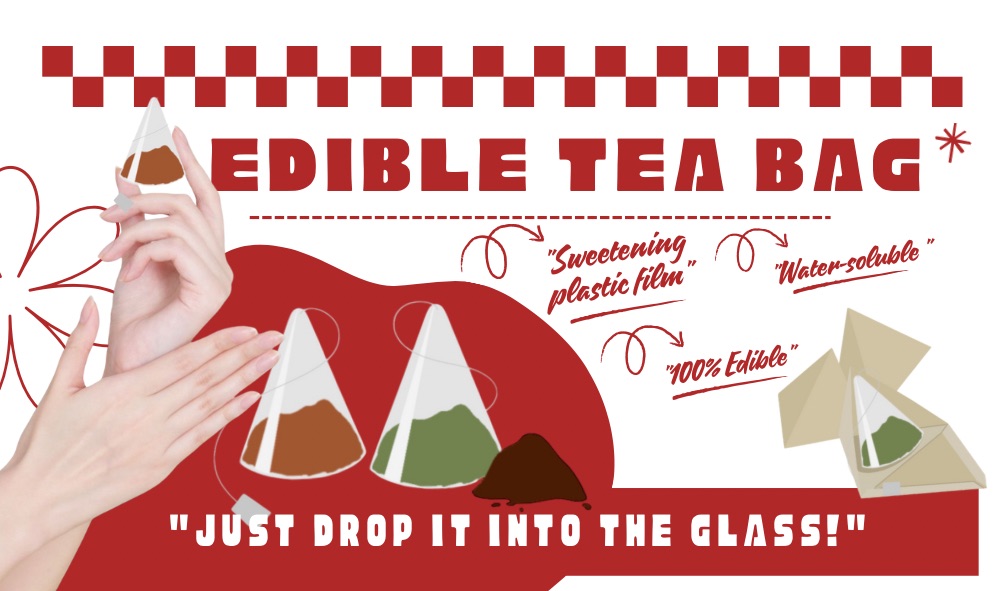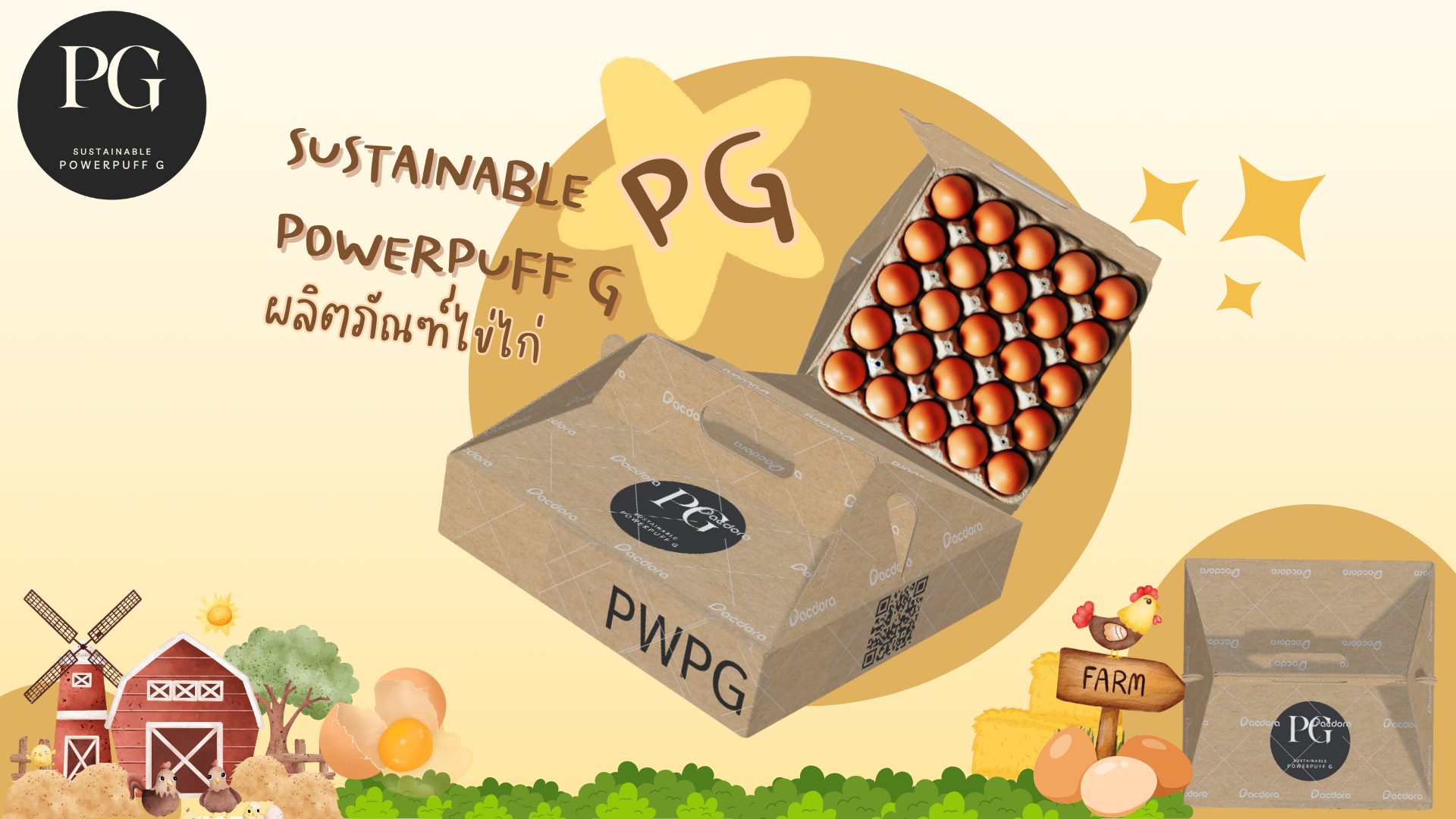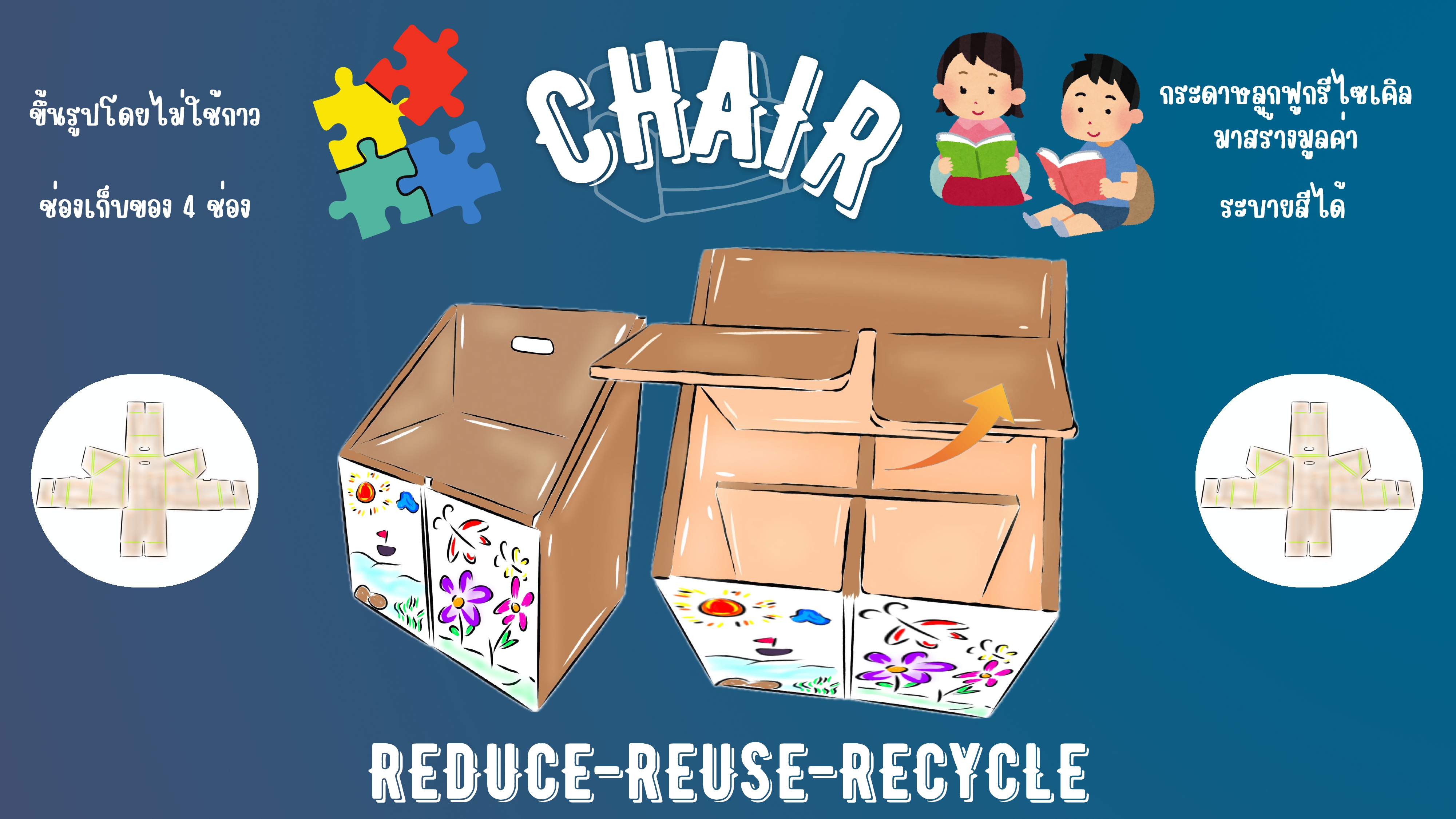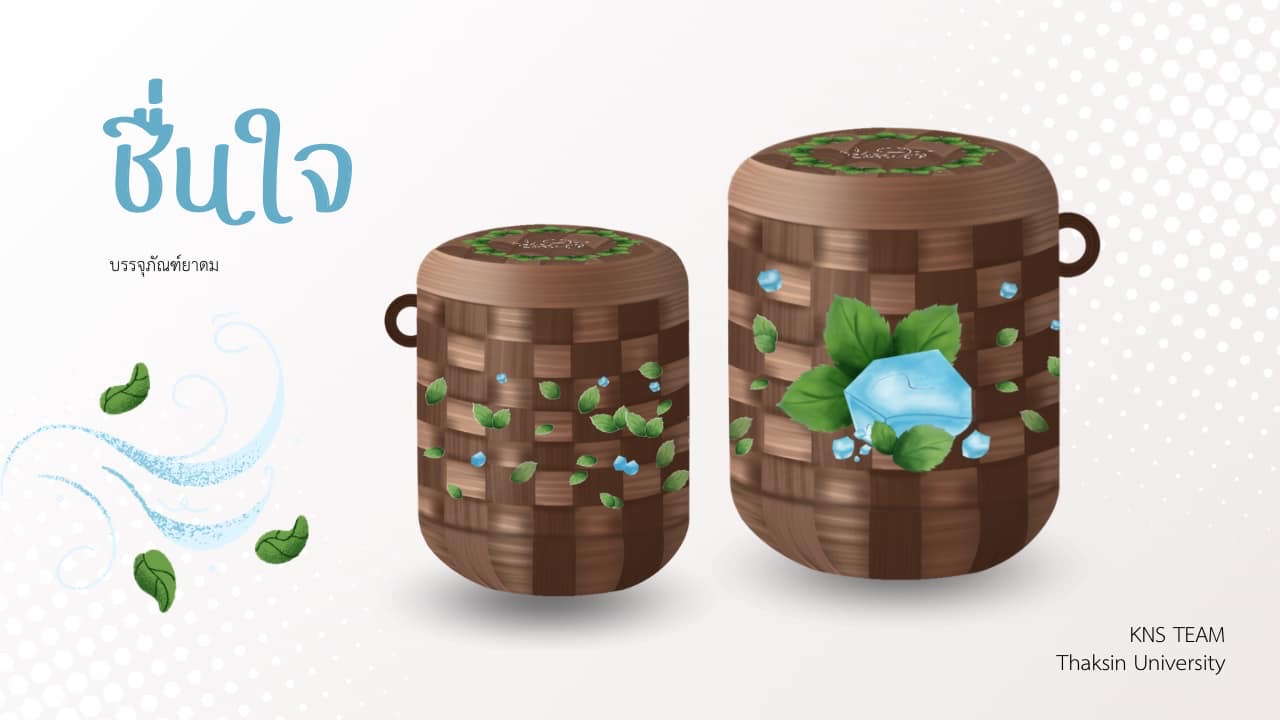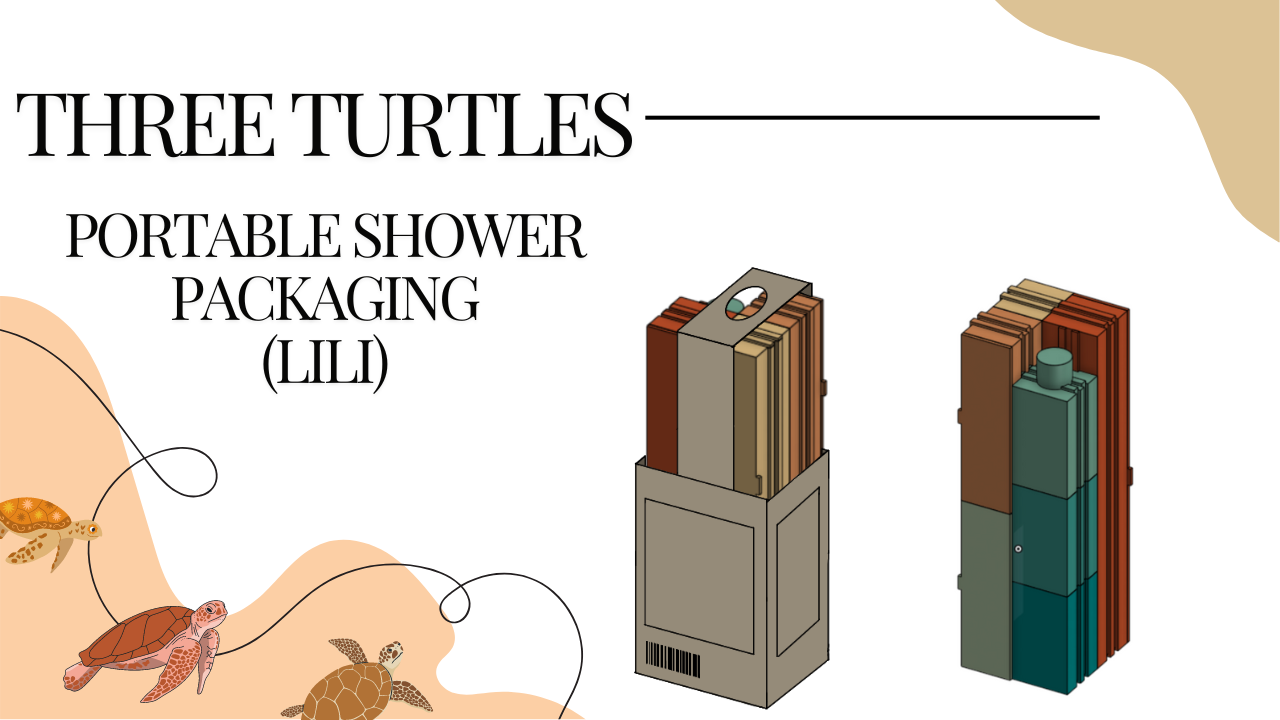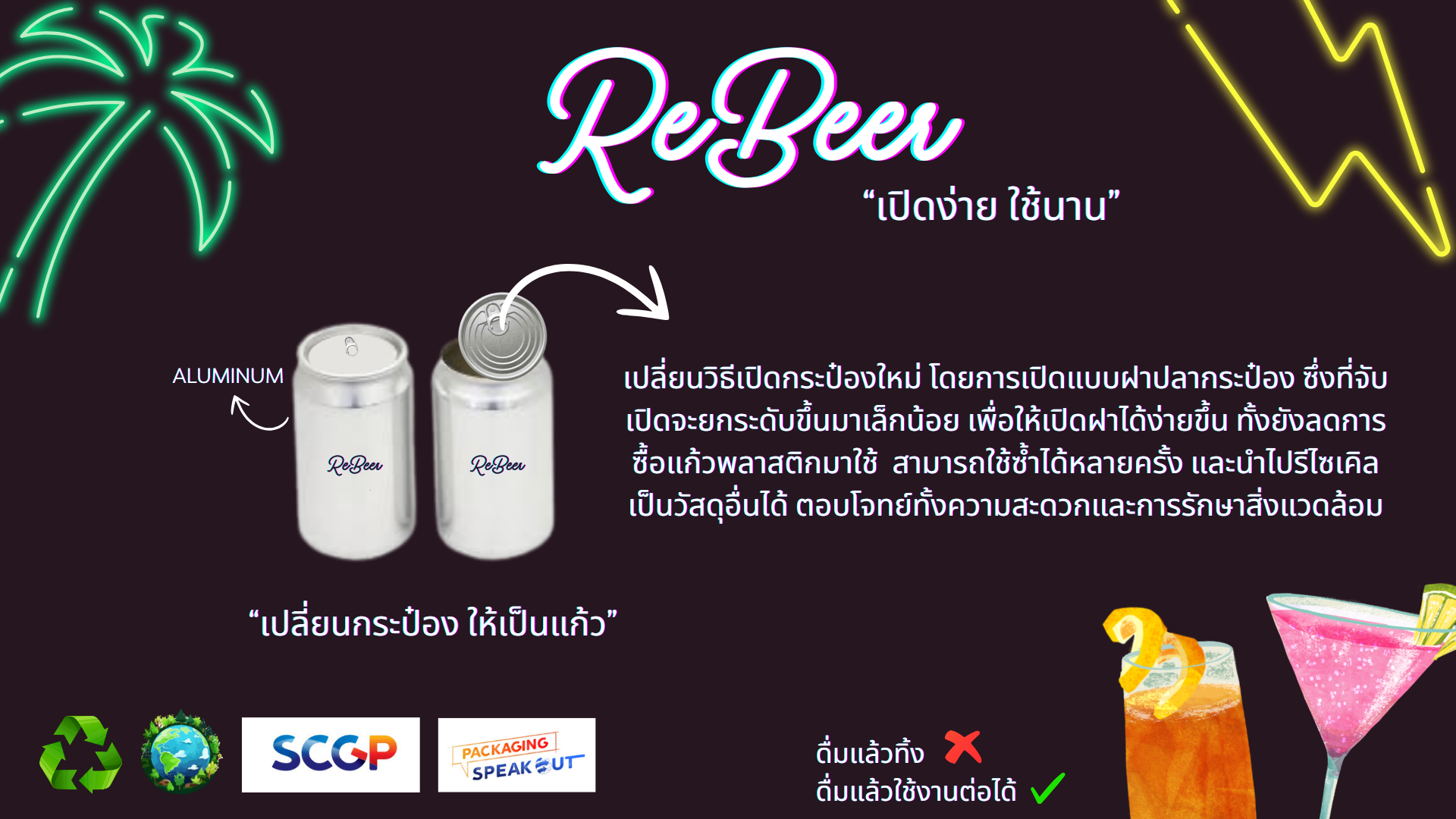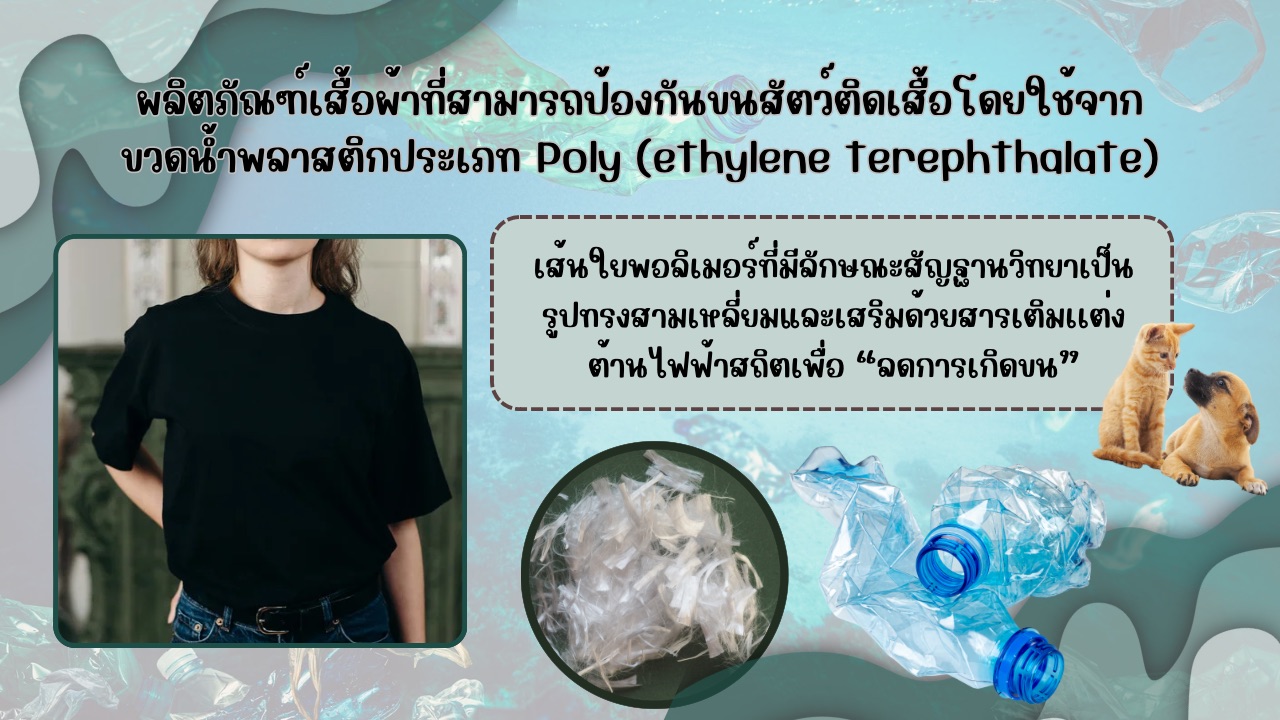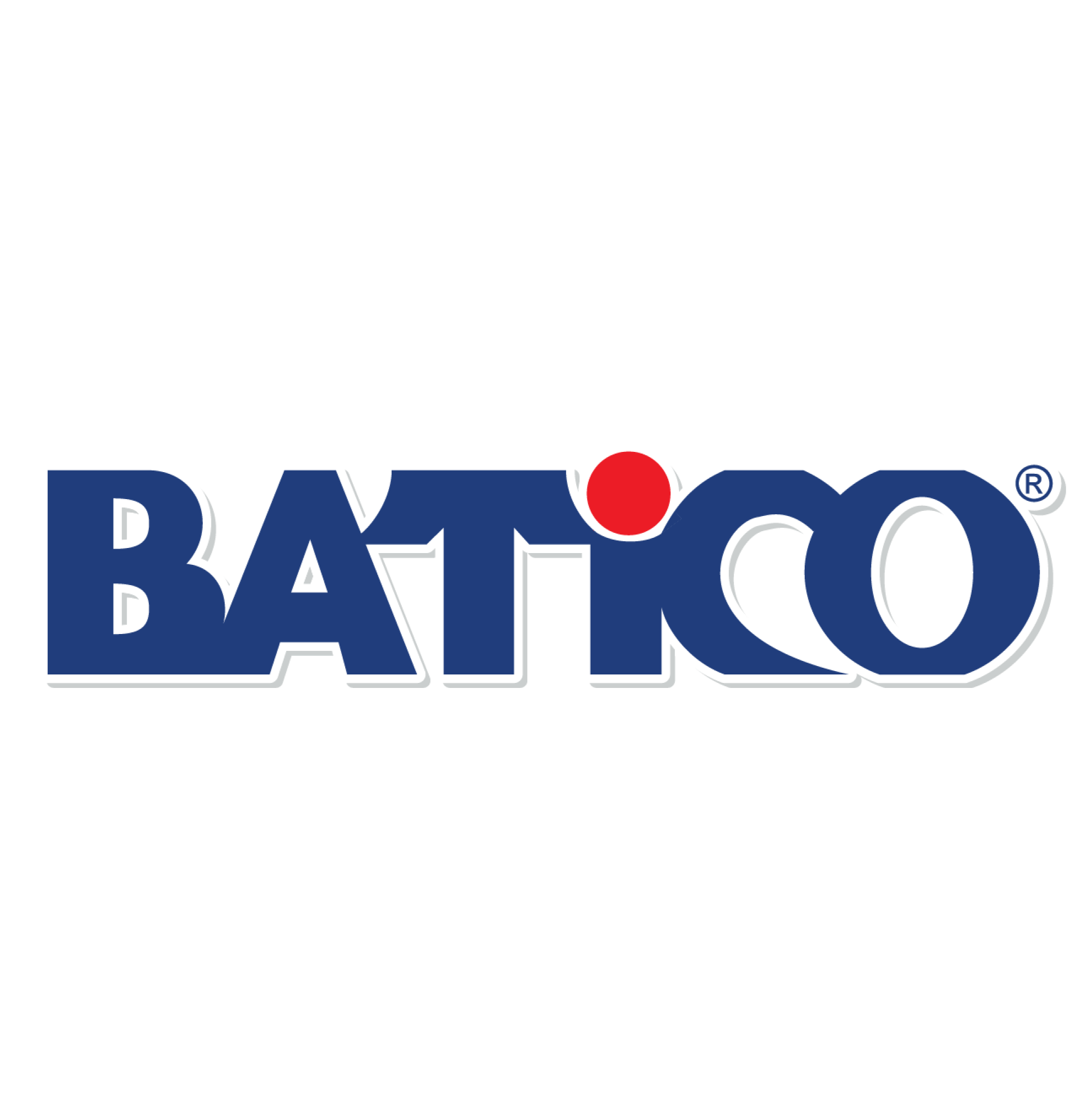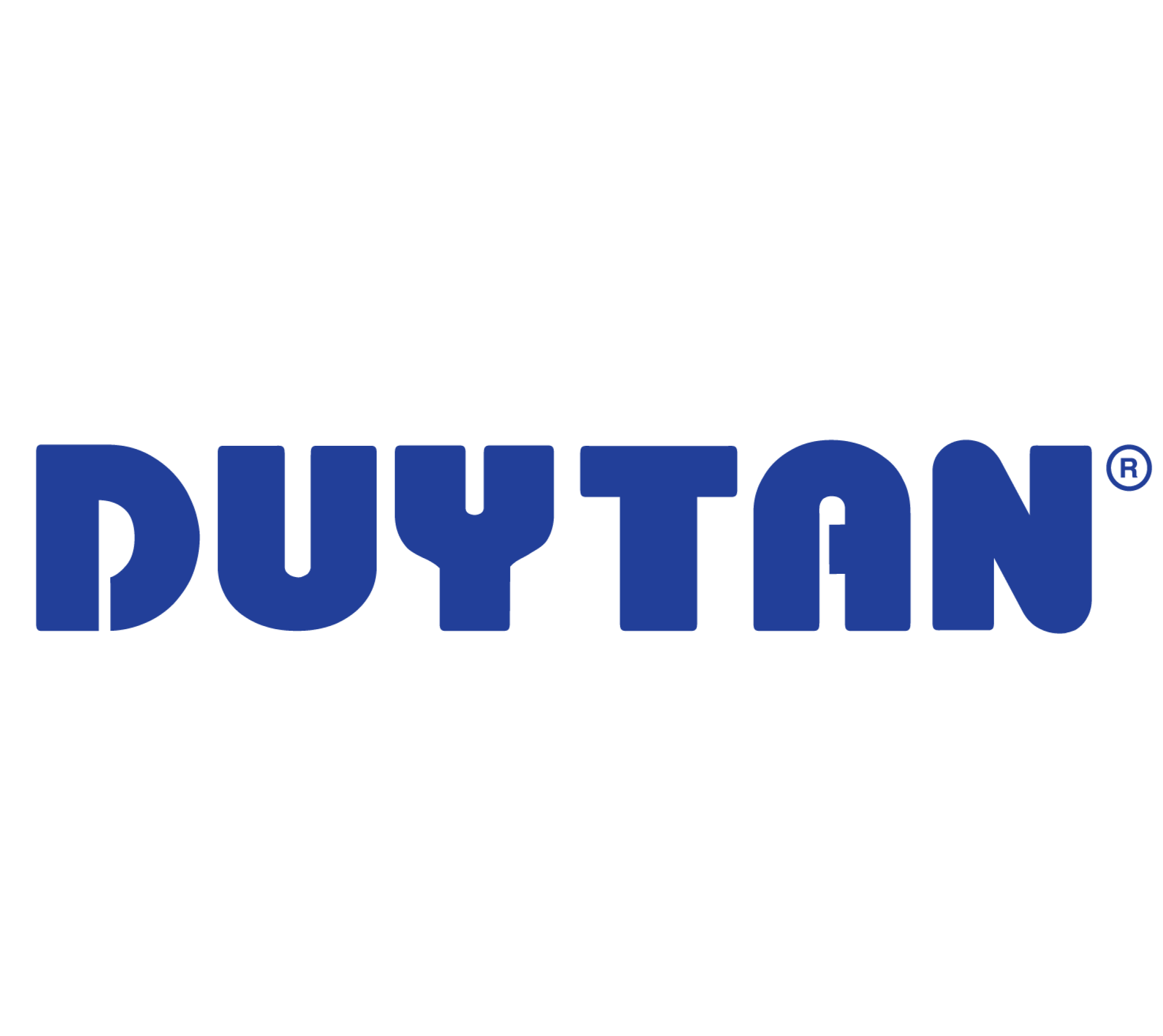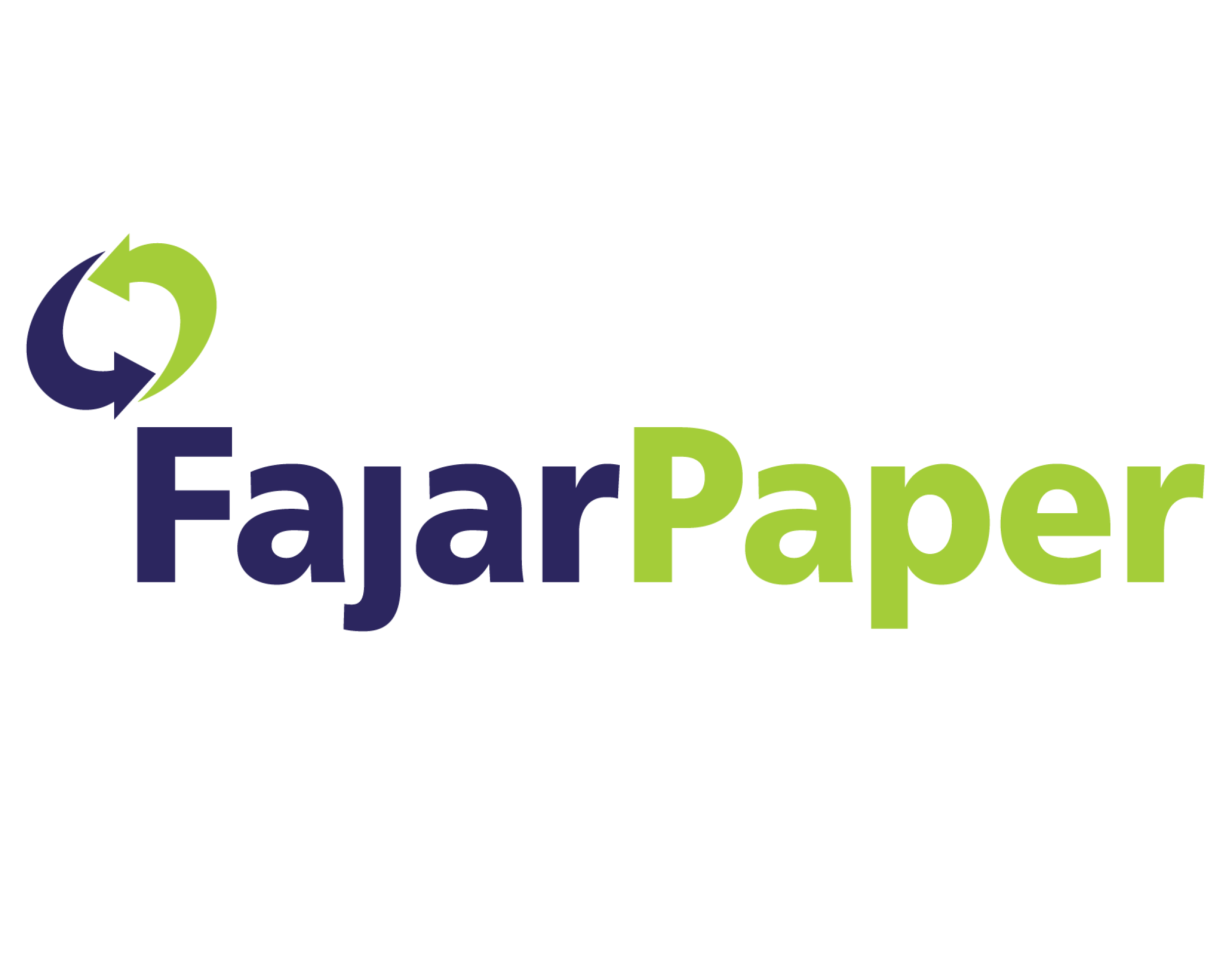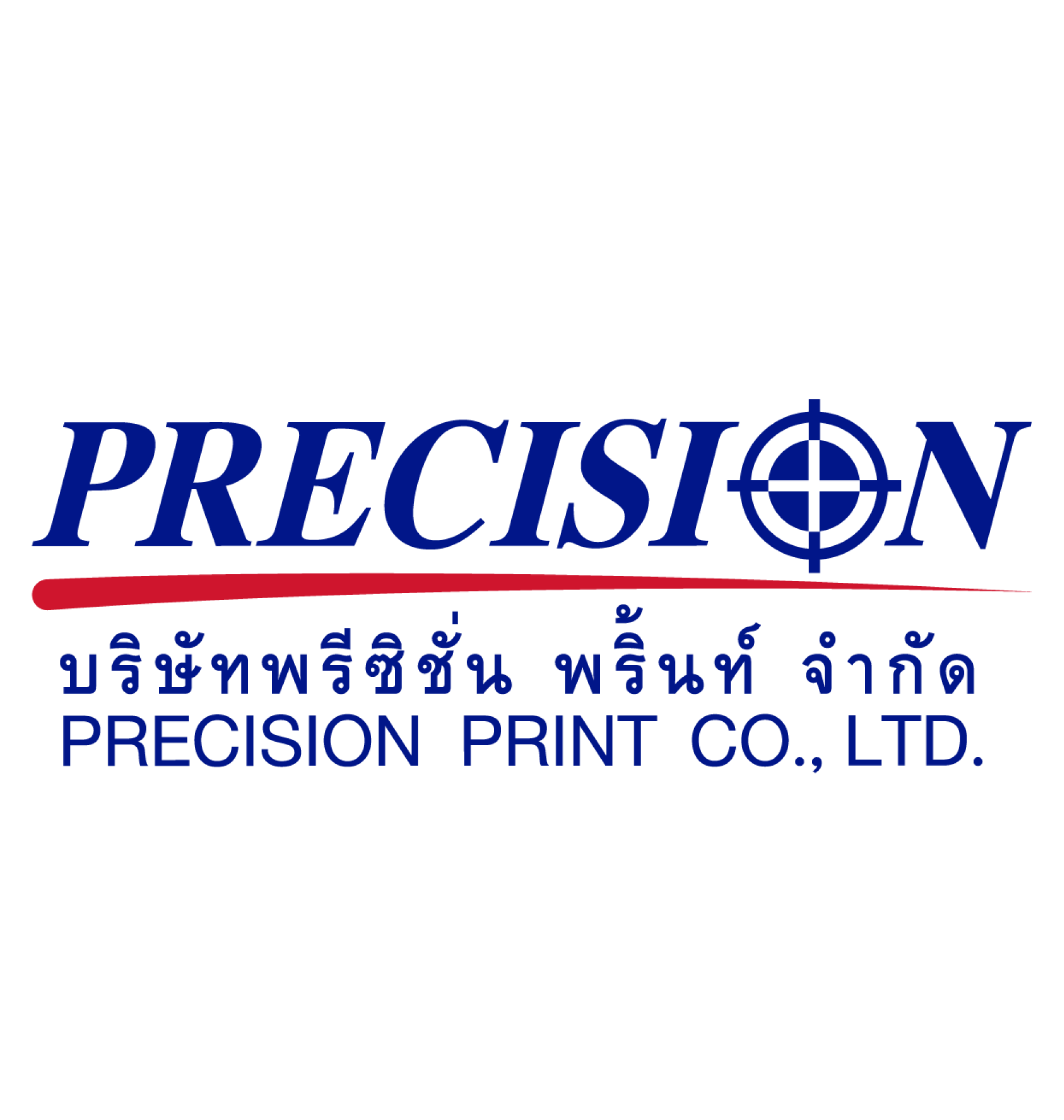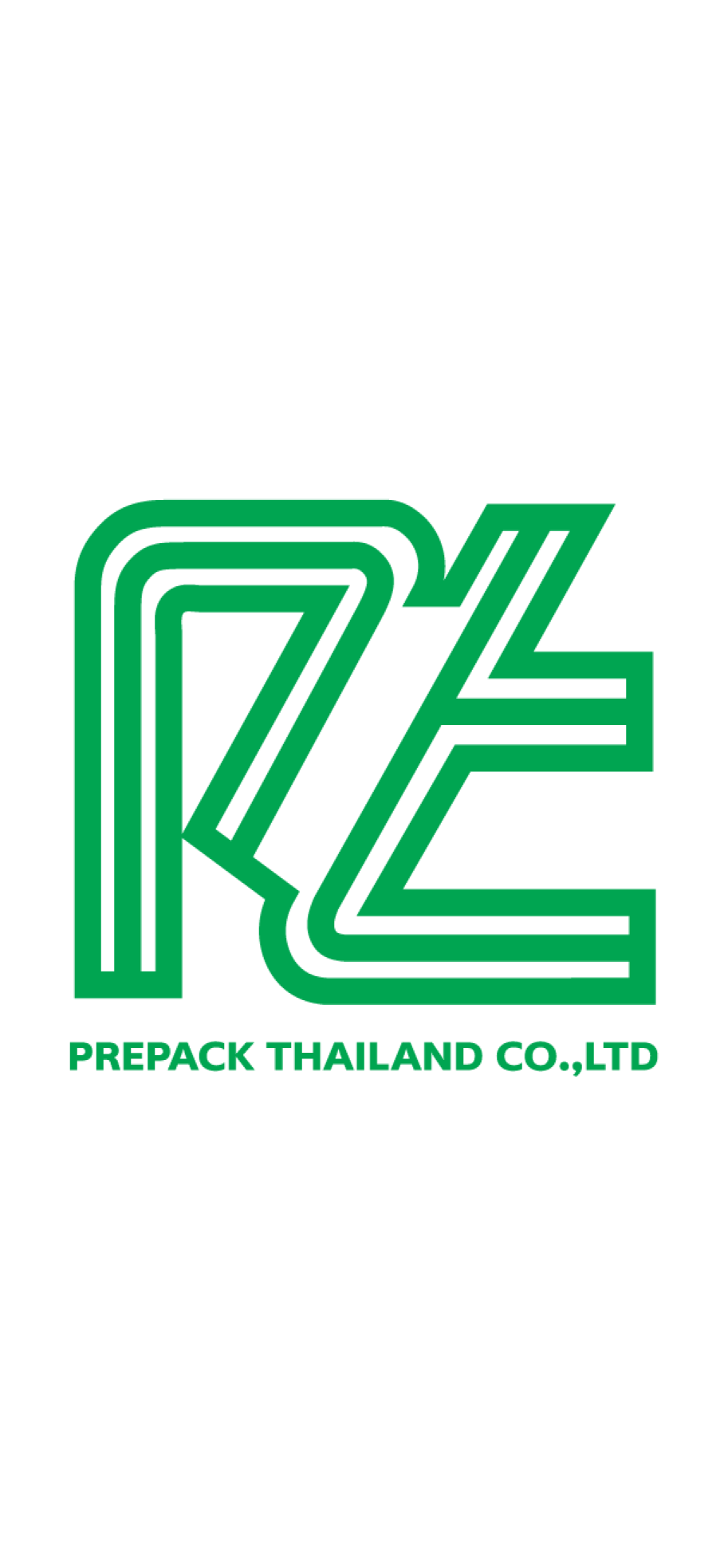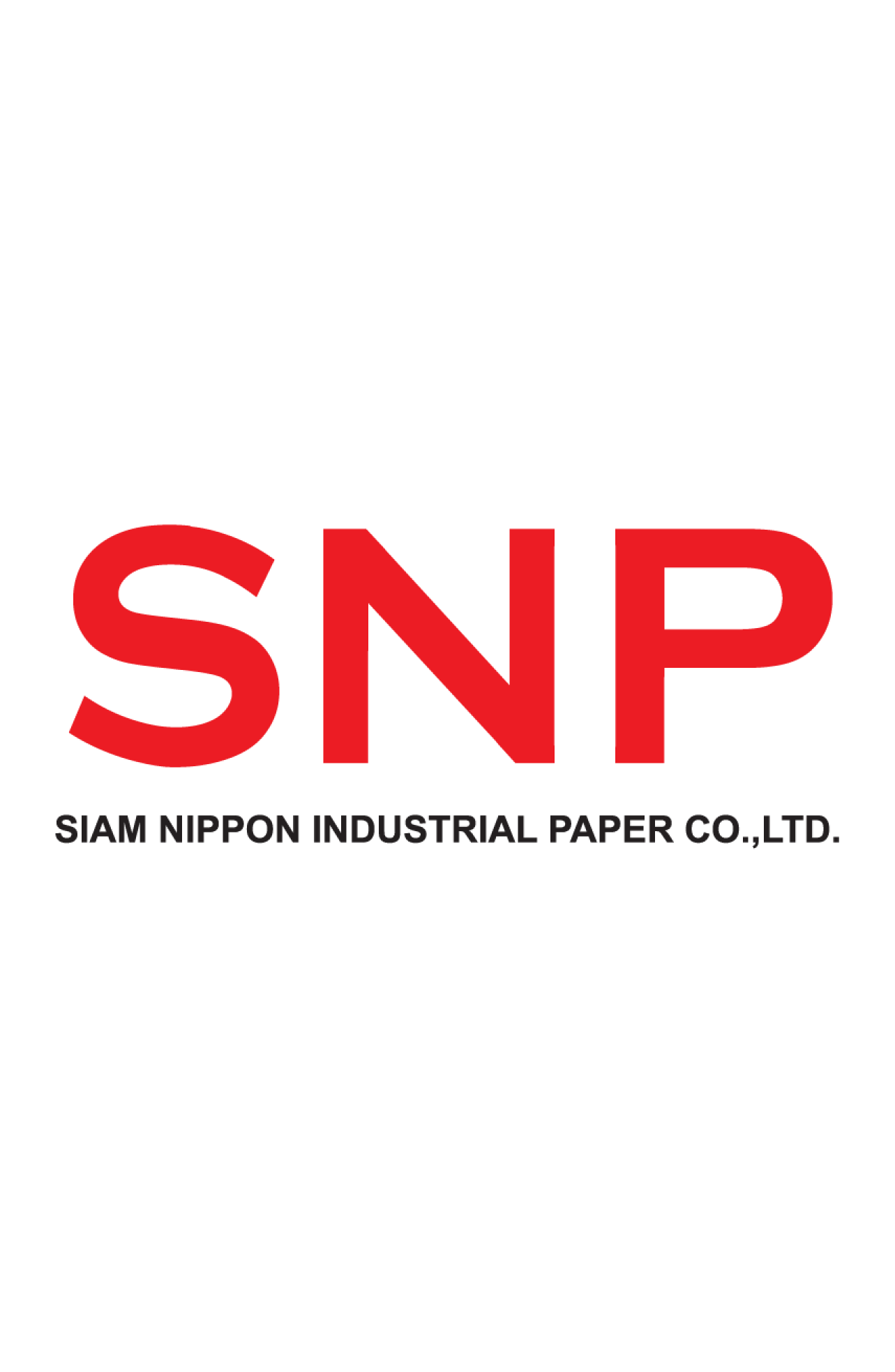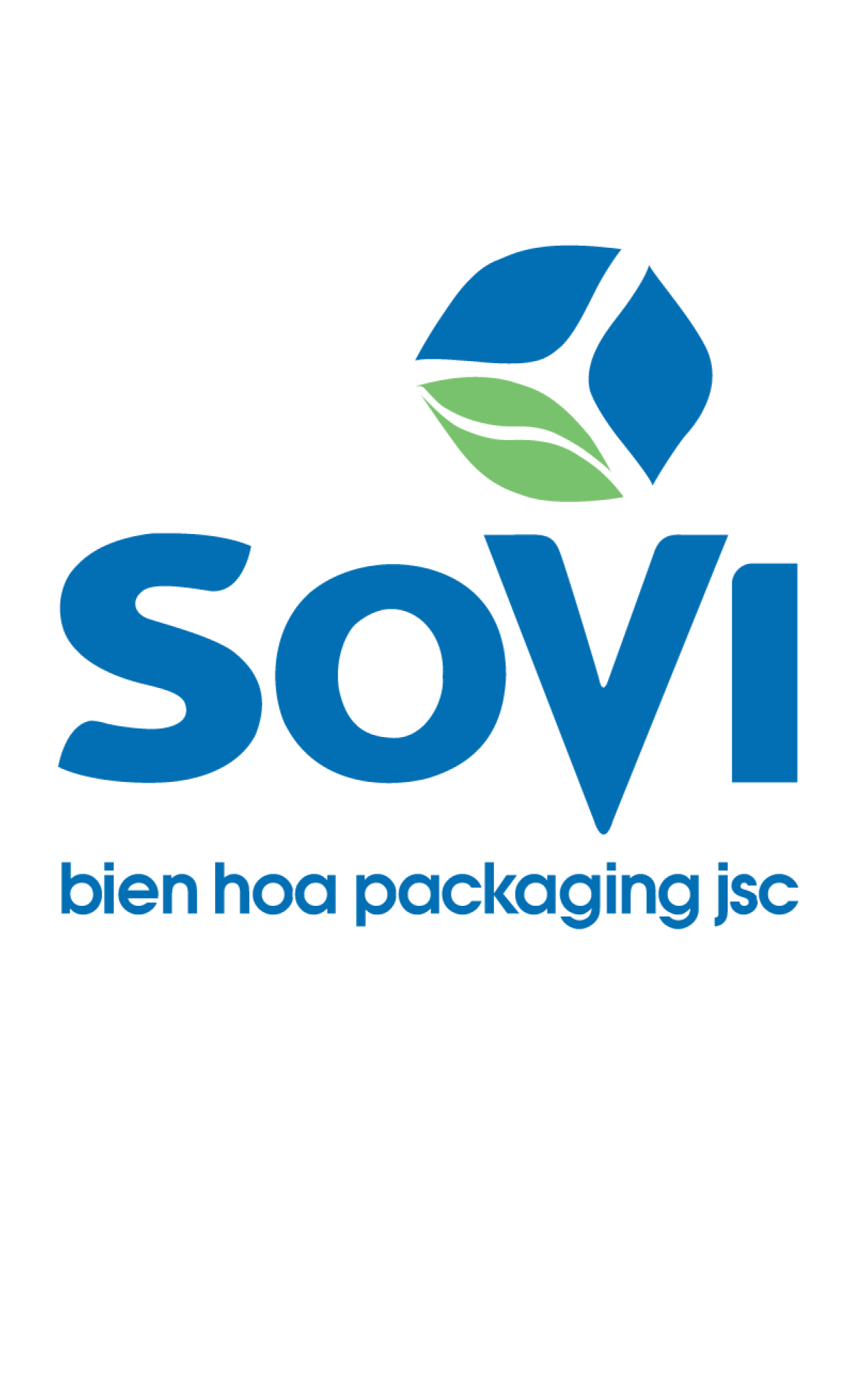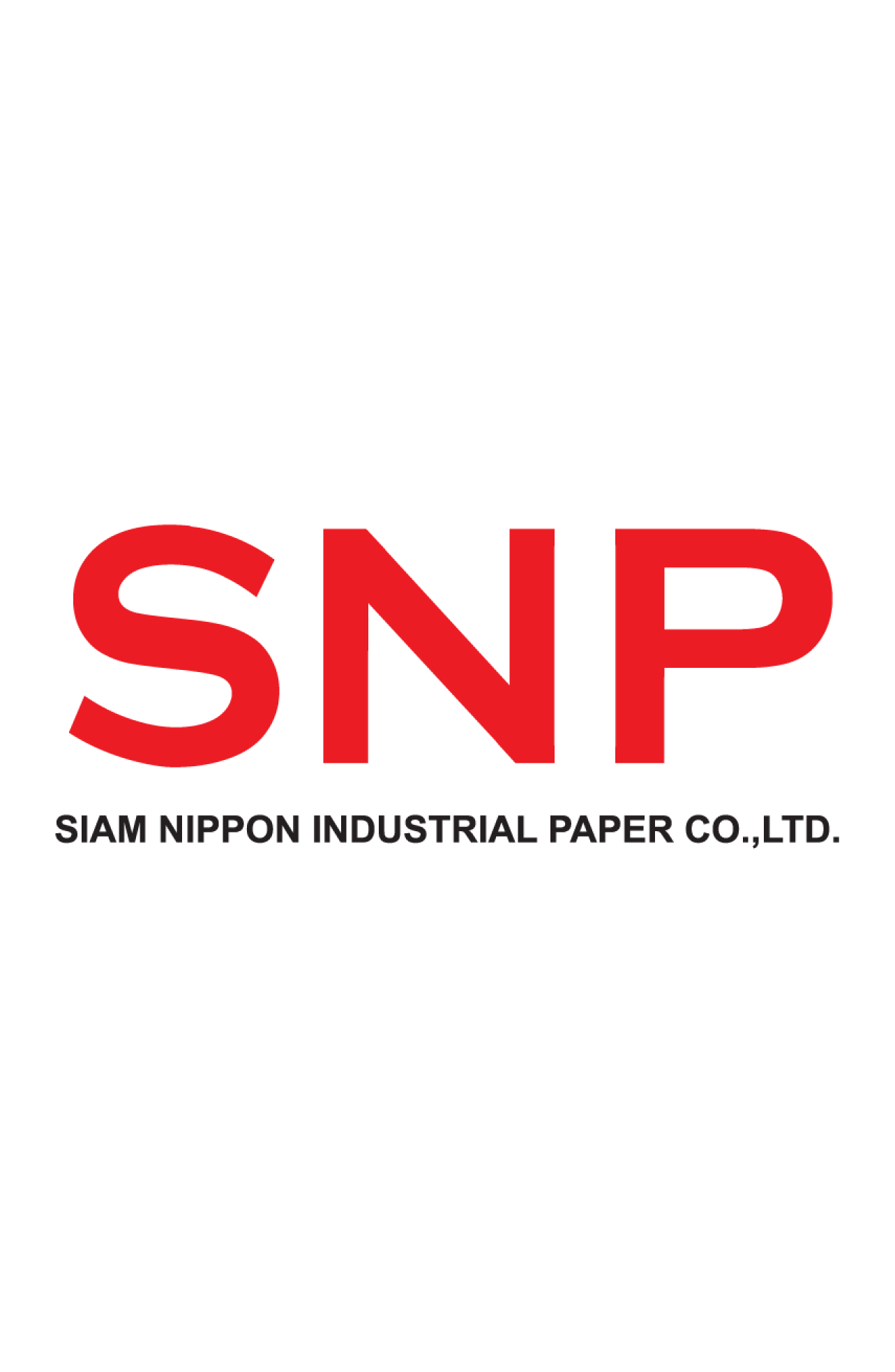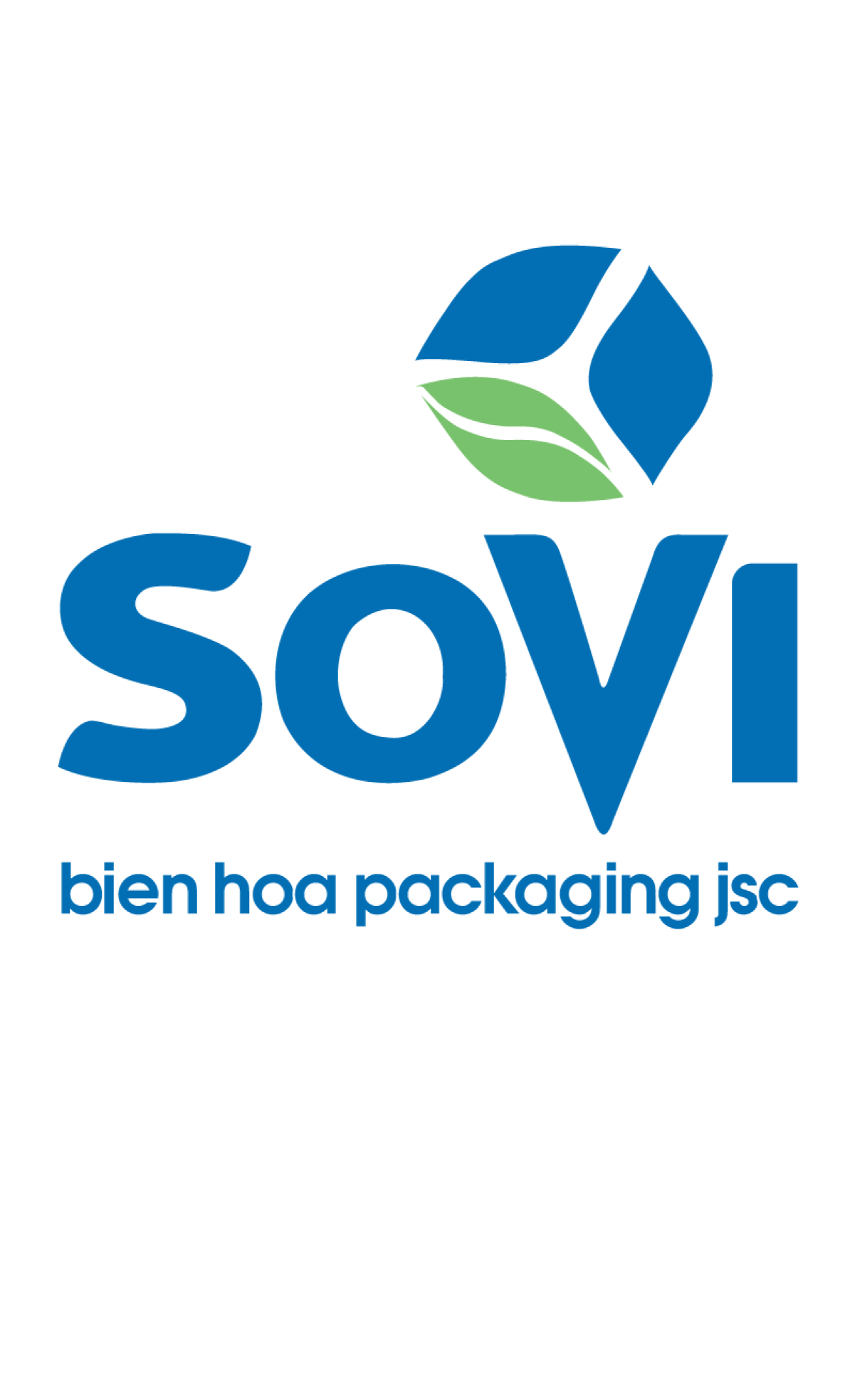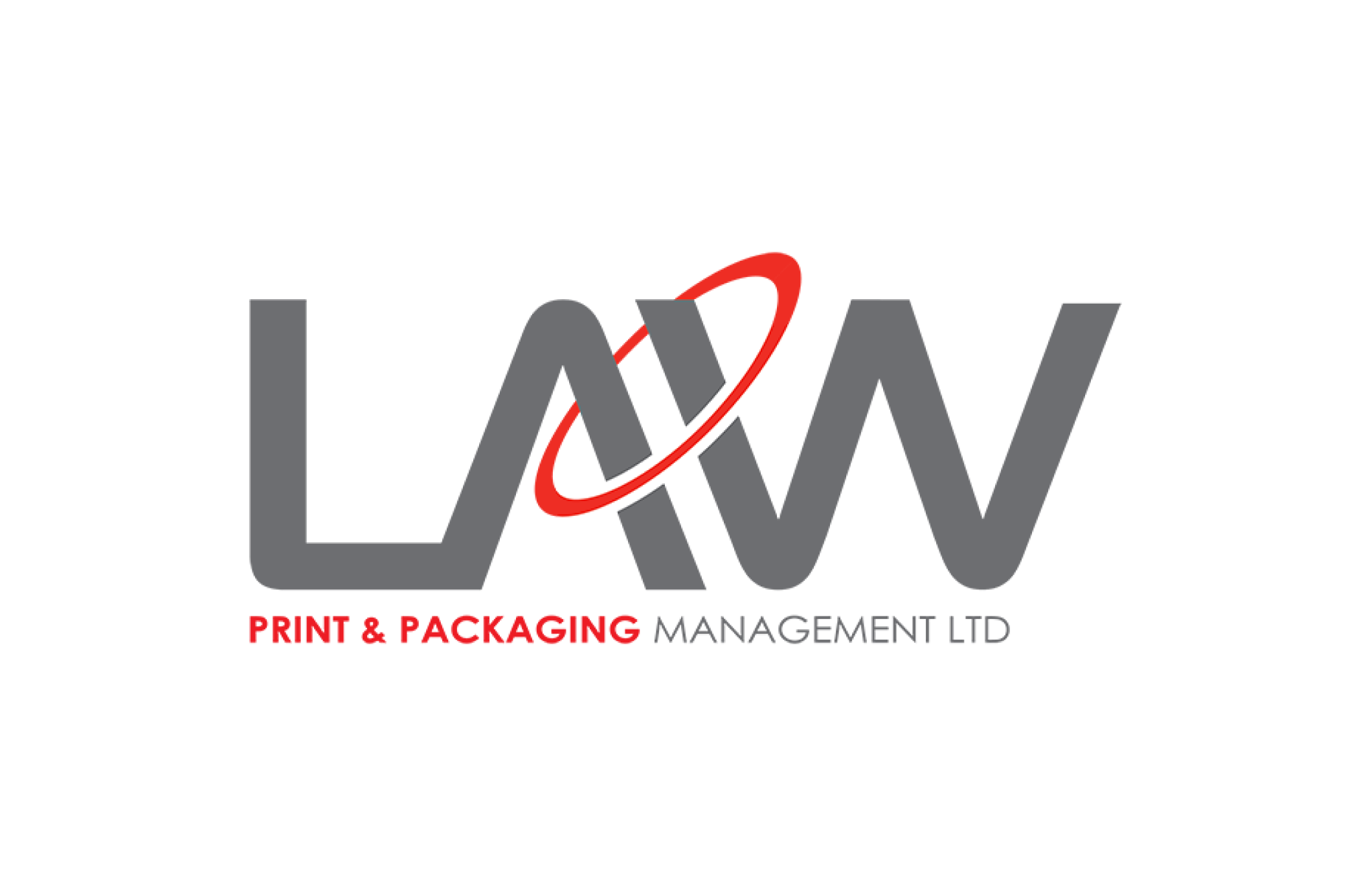Amoltin
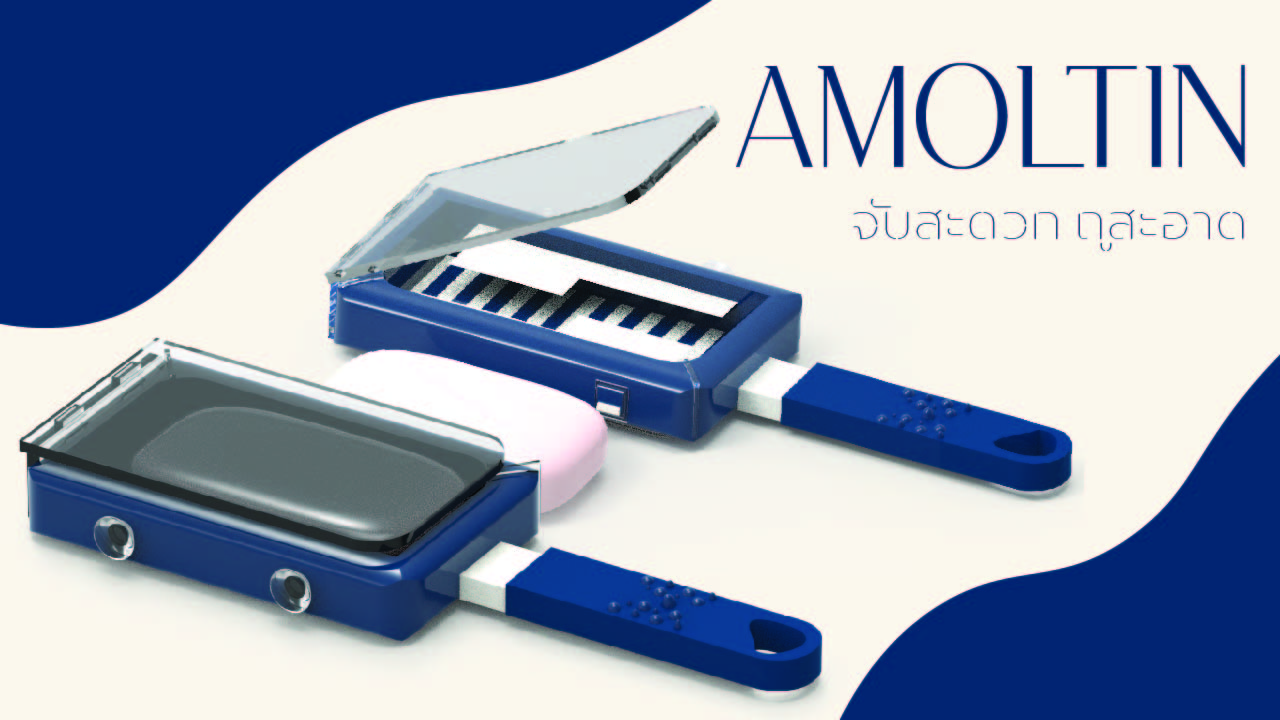
Team : bingfuroll
Member
Ms Suphichaya Khunthanasarn
Ms Panatnicha Chareonrang
Mr Pada Panyasurarit
Amoltin (meaning "free from dirtiness" or "pure," where "dirtiness" refers to something dirty or tainted) is a bar soap brand that features packaging with a handle and a back scrubber sponge.
The current market for bar soap remains in high demand, especially among elderly Thais who prefer bar soap due to familiarity and affordability. However, this group often faces the problem of soap slipping from their hands, which causes safety concerns and inconvenience. As a result, competition in the market has shifted towards developing more convenient and safer packaging, as well as creating environmental and social value through eco-friendly products.
Brand development focuses on addressing the needs of the elderly by designing functional packaging that enhances their experience. This includes improving safety features and resolving issues encountered during bathing, such as providing convenient, easy-to-hold handles and using biodegradable materials like PLA (Polylactic Acid). Additionally, the brand aims to increase social value by incorporating ingredients from local flowers. The product design also incorporates a uniquely Thai identity to attract target audiences and support the local economy.
Instructions for the Packaging
First Use After Purchase:
1. The soap lock can be adjusted up or down as needed to secure the soap in place.
2. Once the soap has shrunk, you can push it through the mesh to the sponge behind for foaming until it's completely used up.
Subsequent Uses (Refilling Soap):
1. Remove the right part of the soap holder and insert a new bar of soap in the center between the two separated parts.
2. Reattach the right piece into the soap and lock it into the main handle component.
Additional Usage:
1. The handle can be extended or retracted to adjust the length according to user preference.
2. The handle features a palm massager to stimulate muscles and improve grip comfort.
Amoltin development plan and product value for bar soap with handles and a built-in scrubber are outlined as follows:
1. Business Environment Analysis
The current bar soap market remains in high demand, particularly among elderly Thais who continue to prefer bar soap due to its low cost and ease of use. However, users often experience soap slipping from their hands, making them feel unsafe and causing inconvenience. Market competition is now focused on designing packaging that enhances comfort and safety for consumers. At the same time, product value competition centers on creating environmentally friendly and socially responsible products.
2. Brand Development Goals
The brand aims to develop products that meet the needs of the elderly, emphasizing the creation of packaging that enhances safety, convenience, and environmental preservation. Additionally, the brand supports Thai communities by using local flowers in its products, adding social value.
3. Target Customers and Insights
The primary target customers are elderly Thais aged 50-80 who prefer bar soap due to familiarity and the perception that it cleans better. A common issue they face is the soap slipping from their hands, causing inconvenience and potential accidents in the bathroon. The handle design helps solve this problem, while the scent of Thai flowers meets their preference for natural fragrances.
4. Packaging Design for Social and Environmental Impact
- A handle designed for ease of use, allowing the elderly to grip the soap easily and reduce the chance of it slipping.
- A scrubber on the back of the soap increases cleaning efficiency and foam making.
- Packaging materials are made from biodegradable PLA bioplastics derived from natural resources and are recyclable. (The choice to use Polylactic Acid (PLA) in the packaging design of the bar soap handle is due to its strong yet lightweight materials, making it convenient for use, especially among the elderly. Additionally, PLA is an eco-friendly material that is biodegradable. PLA is a type of bioplastic made from natural resources such as corn, cassava, or plants rich in starch and sugar, which can decompose through natural processes, particularly in environments with suitable temperature and humidity. Furthermore, PLA can be partially recycled or reused, making it a great option for environmental sustainability. It reduces the reliance on conventional petrochemical-based plastics that contribute to plastic waste accumulation in nature, aligning with market trends that focus on environmental conservation.)
- The product promotes the use of Thai flowers from local communities, supporting the local economy and giving the product a unique identity.
5. Marketing Activities and Brand Development Through Packaging
The brand will use a mixed marketing strategy, combining online and offline campaigns to reach the target audience and build strong community relationships. The focus will be on communicating the importance of using local ingredients and supporting Thai communities. The campaigns include:
- Online Campaigns: The brand will use social media platforms like Facebook, Instagram, and YouTube to create content that tells stories about the production of soap from natural ingredients sourced from local communities. Storytelling will highlight the process of growing flowers, extracting essential oils, and generating income for the community. This approach will evoke emotions and resonate with elderly viewers, creating a connection between consumers and the brand. Advertisements focusing on environmental preservation and the use of recycled materials will also appeal to environmentally conscious consumers.
- Offline Campaigns: The brand will organize activities in shopping malls and public spaces, setting up booths where consumers can try the products, such as testing the grip or scrubbing their skin. Customers can also exchange old packaging for discounts or souvenirs. Additionally, the brand will collaborate with local community stores for direct product distribution, enhancing the perception of partnership between the brand and the community.
- Recycling Promotion: The brand will focus on activities that help reduce plastic waste, such as setting up collection places for used packaging at community stores or public places. When customers bring back packaging for recycling, they will receive discounts on future purchases or free product samples to encourage participation in environmental campaigns.
6. Marketing and Brand Performance Evaluation
- Customer Satisfaction: Customer feedback will be collected through online surveys or in-store interviews after use. The results will indicate whether the designed products and packaging meet the needs of the elderly in terms of comfort and safety. Online reviews will also be used to assess whether customers appreciate the social and environmental values communicated by the brand.
- Sales Growth: Monthly sales will be tracked, especially for products with the new packaging, to determine if the brand can expand its customer base and attract the target elderly group. Increased sales will be a key indicator of the success of the marketing activities.
- Growth of the Eco-Friendly Bar Soap Market: The brand will analyze market share for eco-friendly bar soaps with recyclable packaging. Market research data will be used to compare with competitors and determine how well the brand can compete with the environmentally conscious market.
- Customer Participation in the Packaging Return Campaign: The number of packaging items returned for recycling will be collected, with the brand recording and comparing the numbers each quarter to identify trends in customer participation. Discounts for participating customers will help drive interest and measure market response.

